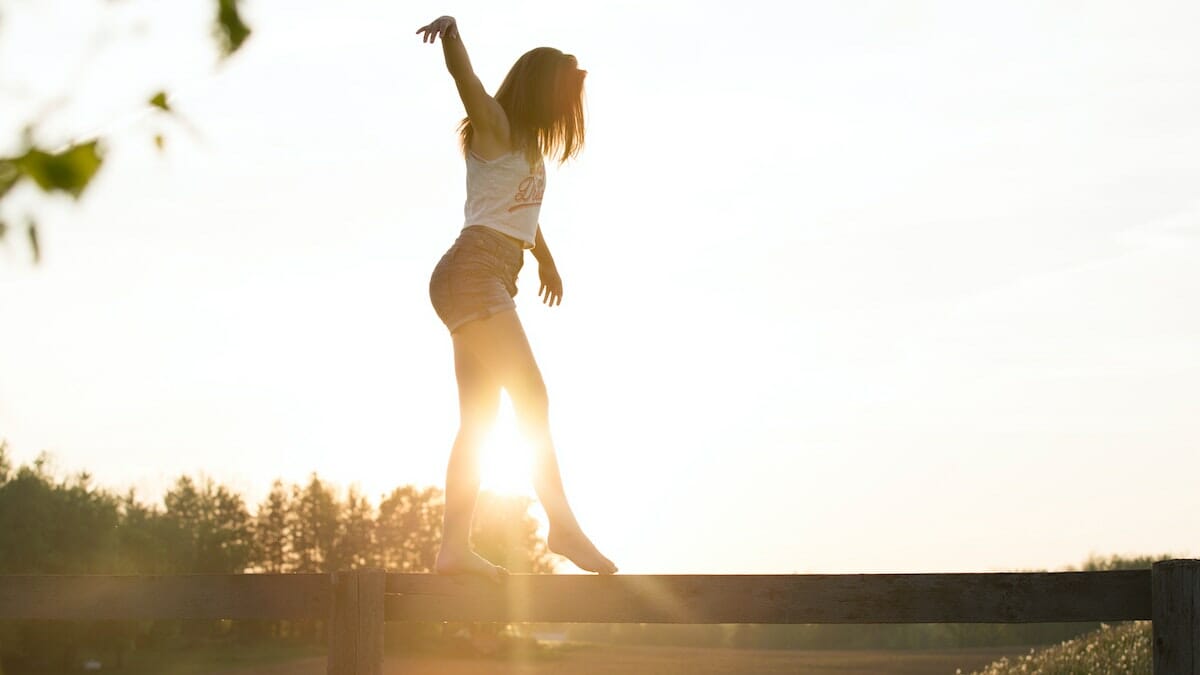A well-rounded fitness routine contains several elements, including aerobic fitness, strength training, core exercises, and flexibility and stretching. The fifth element is balance training.
Balance refers to the ability to stay upright and steady, whether you’re standing, kneeling, sitting, or squatting. Several sensory systems in your body contribute to good balance. Your vision, inner ear and joint receptors provide a sense of where your body is in space. The neuromuscular system synthesizes this information to give you the stability you need to keep your body upright, with your weight evenly distributed.
During exercise, balance helps you move more efficiently for improved performance and injury prevention. Balance training helps stabilize your core muscles and improves your body’s ability to react quickly to everyday missteps, which in turn helps prevent falls.
Incorporating balance training into your daily activities or exercise routine can be easy and fun. These exercises should be tailored to your skill level. You should be challenged, but not to the degree that it is difficult to do them safely.
Here are some ways to incorporate balance activities into your day:
Change your base of support. Try standing with your feet closer together, walking by putting one foot directly in front of the other or balancing on one leg. Pretend you’re on a balance beam and walk one foot in front of the other while maintaining balance. Balance on one foot any chance you get: during TV commercials, waiting for the bus, reading the news.
Change your surface. Stand on a pillow, foam pad or disk, progressing to less stable surfaces, such as a balance training ball. Try venturing out for a walk on variable terrain, such as a sandy beach or hiking trail.
Close your eyes. Try closing your eyes as you stand with your feet together, pretending to walk on a balance beam, or balancing on one leg or walking on a varying surface. Use caution and rely on a partner for support, if needed.
Turn your head, or look up and down. Start with varying foot and leg positions, as noted above, or try an unstable surface. If you need a challenge, try both at the same time —and try closing your eyes.
Add movement elsewhere. While standing on one leg, put your arms out in a T position and make small circular motions for 30 seconds. Then try circular motions in the opposite direction. Work to increase your time. Once this becomes easy, try simultaneously turning your head side to side.
Connecting with others can help make your fitness goals more fun. Share your progress and get encouragement from others.
Source: https://newsnetwork.mayoclinic.org/discussion/consumer-health-balance-training-easy-fun-and-important/
Exclusive content from CARE magazine









